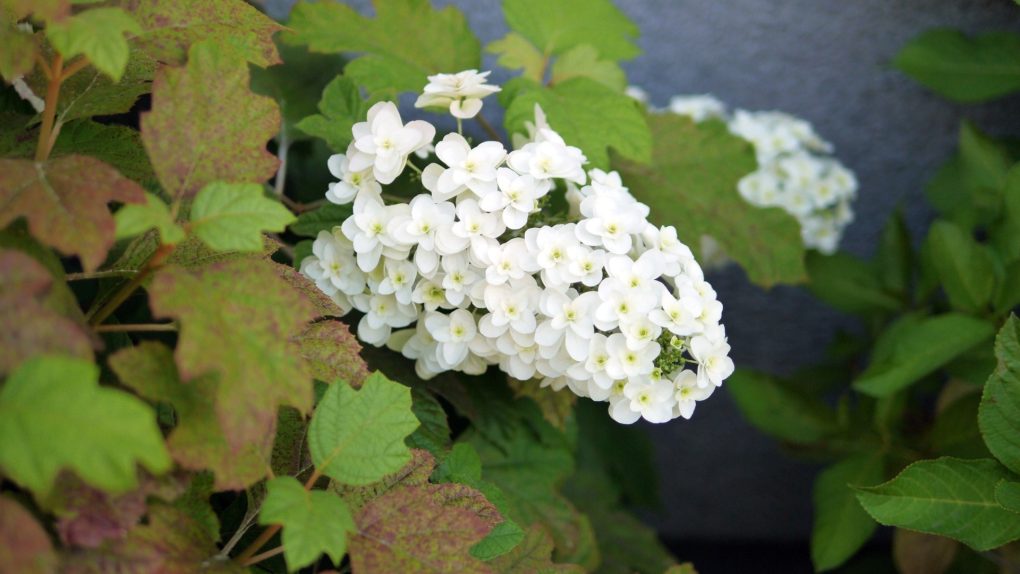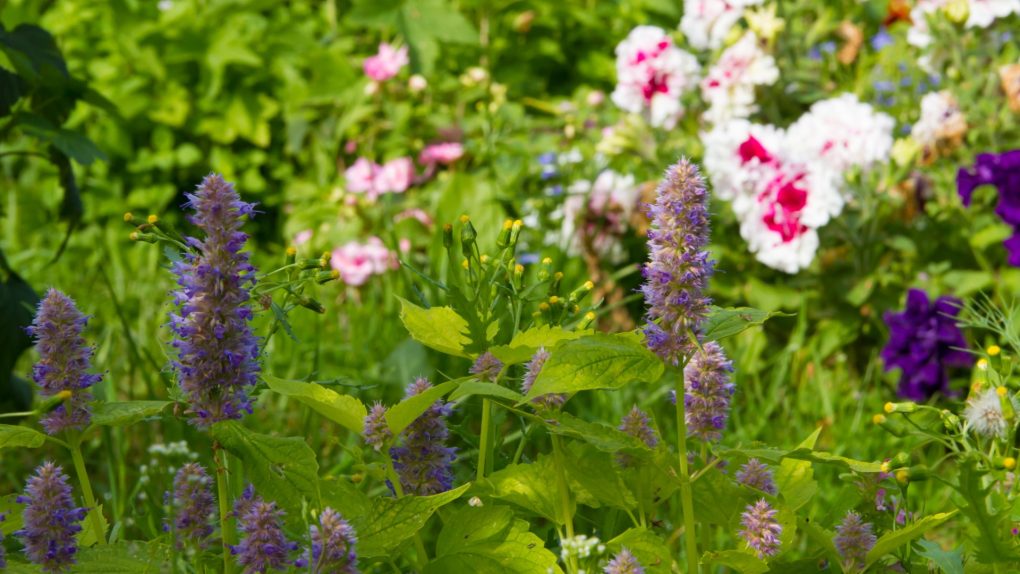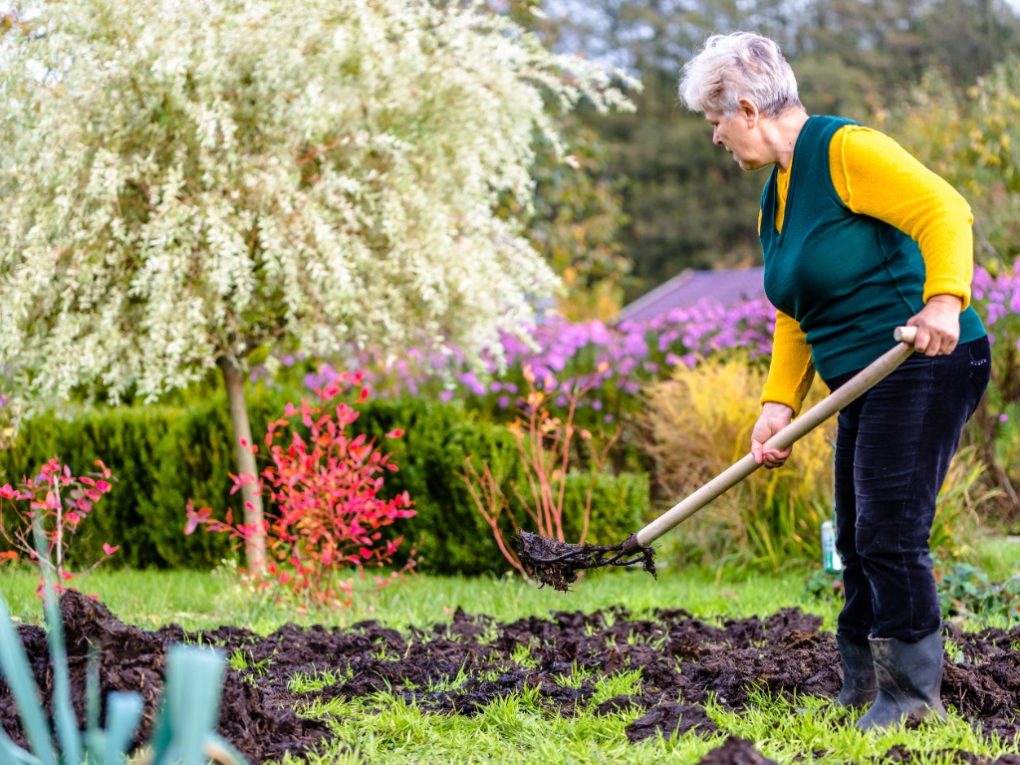Are Oakleaf Hydrangea Plants Deer Resistant?
Oakleaf hydrangeas are considered to be moderately deer resistant. While they may not be the top preference for deer, these plants are not completely immune to their browsing. However, deer may occasionally feed on the leaves or branches when food sources are scarce or their preferred plants are unavailable.
It is important to remember that location, deer population, and available food sources can all impact the likelihood of deer munching on your Oakleaf hydrangea. However, it is advised to use deer repellents, fencing, or other protective measures depending on the specific circumstances to ensure the safety of your plants.

Table of Contents
How to Safeguard Oakleaf Hydrangea from Deer Damage
Oakleaf hydrangeas are stunning flowering shrubs that can add beauty and elegance to any garden. However, they are also susceptible to damage from deer, who find their leaves and blooms particularly enticing. We’ve got you covered if you’re a gardener looking to protect your precious oakleaf hydrangeas from these hungry visitors. In this guide, we’ll walk you through some effective strategies to keep deer at bay and preserve the health and beauty of your cherished plants.
1. Install a Deer Fence
One of the most reliable ways to safeguard your oakleaf hydrangeas is by installing a deer fence around your garden or property. Choose a fence at least 8 feet tall to prevent deer from jumping over it. Ensure the fence is sturdy and has no gaps or holes allowing deer to squeeze through. This physical barrier will be a strong deterrent, keeping deer away from your precious plants.
2. Use Deer-Repellent Plants
Another effective method to protect your oakleaf hydrangeas is to plant deer-repellent species around them. Deer have specific plants they dislike due to their strong scent or taste. Some excellent choices include lavender, catmint, yarrow, and Russian sage. Interplanting these species alongside your oakleaf hydrangeas creates an aromatic and unattractive environment for deer, reducing the likelihood of damage.

3. Apply Deer Repellents
Deer repellents can be an additional line of defense against these hungry creatures. These repellents emit odors or tastes that deer find unpleasant, deterring them from approaching your oakleaf hydrangeas. Various commercial deer repellents are available in the market, as well as DIY options using ingredients like garlic, hot pepper, or rotten eggs. Follow the instructions carefully when applying these repellents to ensure maximum effectiveness.
4. Install Motion-Activated Sprinklers
Motion-activated sprinklers are a clever and humane way to protect your oakleaf hydrangeas. These devices detect movement and respond by spraying a sudden burst of water, startling deer and scaring them away. Set up motion-activated sprinklers around your garden, focusing on areas where deer will likely approach. This method not only safeguards your plants but also adds a layer of irrigation to keep them healthy.
5. Utilize Deer-Resistant Mulch
Applying deer-resistant mulch around your oakleaf hydrangeas can help prevent deer damage. Choose mulch varieties with strong scents or textures that deer dislike, such as cedar mulch or pine straw. Spread a generous layer of mulch around the base of your plants, extending a few feet outward. Not only will this act as a deterrent, but it will also help conserve moisture and suppress weed growth, promoting the overall health of your oakleaf hydrangeas.

6. Consider Deer-Repellent Devices
In addition to the strategies mentioned above, you can explore deer-repellent devices as an extra measure of protection. These devices employ ultrasonic sounds, flashing lights, or predator decoys to intimidate and repel deer. Place these devices strategically in your garden to create an uninviting environment for deer. Remember that these devices’ effectiveness may vary, so it’s essential to research and choose reliable options.
Following these practical steps, you can safeguard your oakleaf hydrangeas from deer damage and ensure they thrive in all their natural glory. Remember, a combination of strategies is often the most effective approach. Implementing multiple deterrents will significantly increase your chances of successfully deterring deer and preserving the beauty of your cherished plants.
